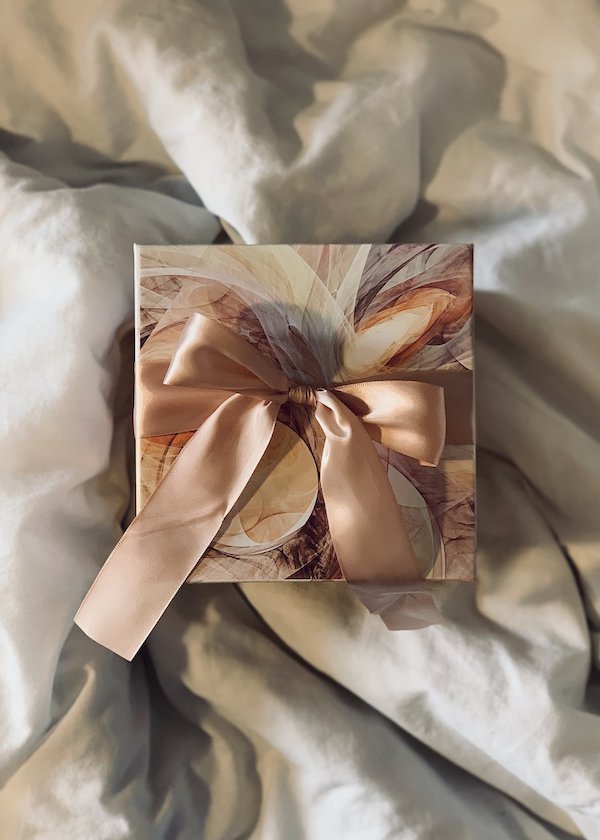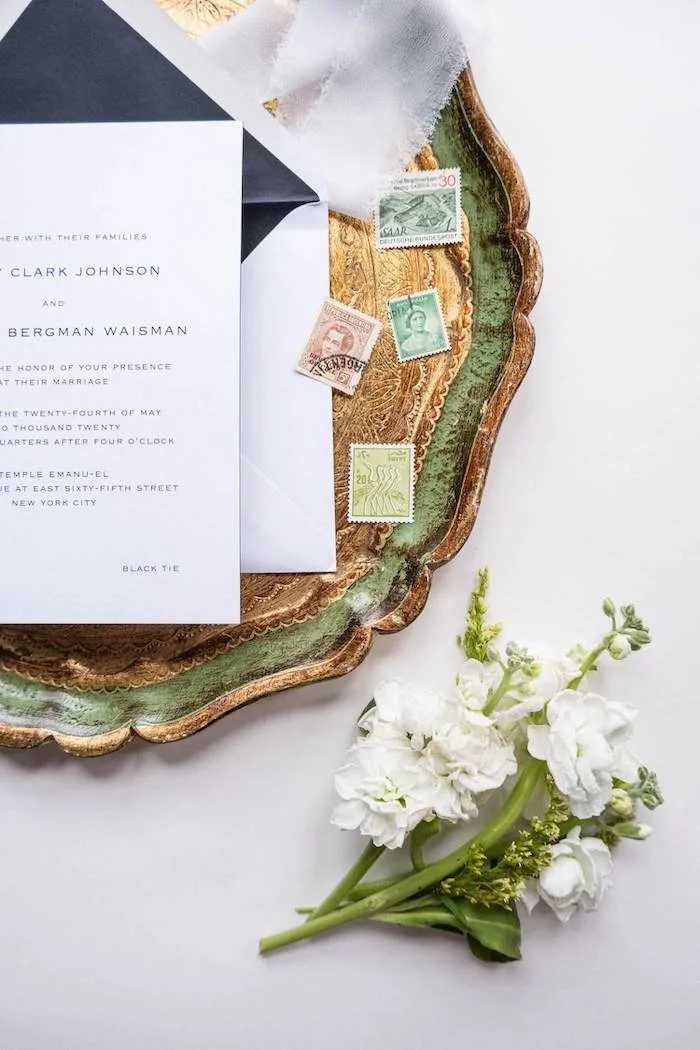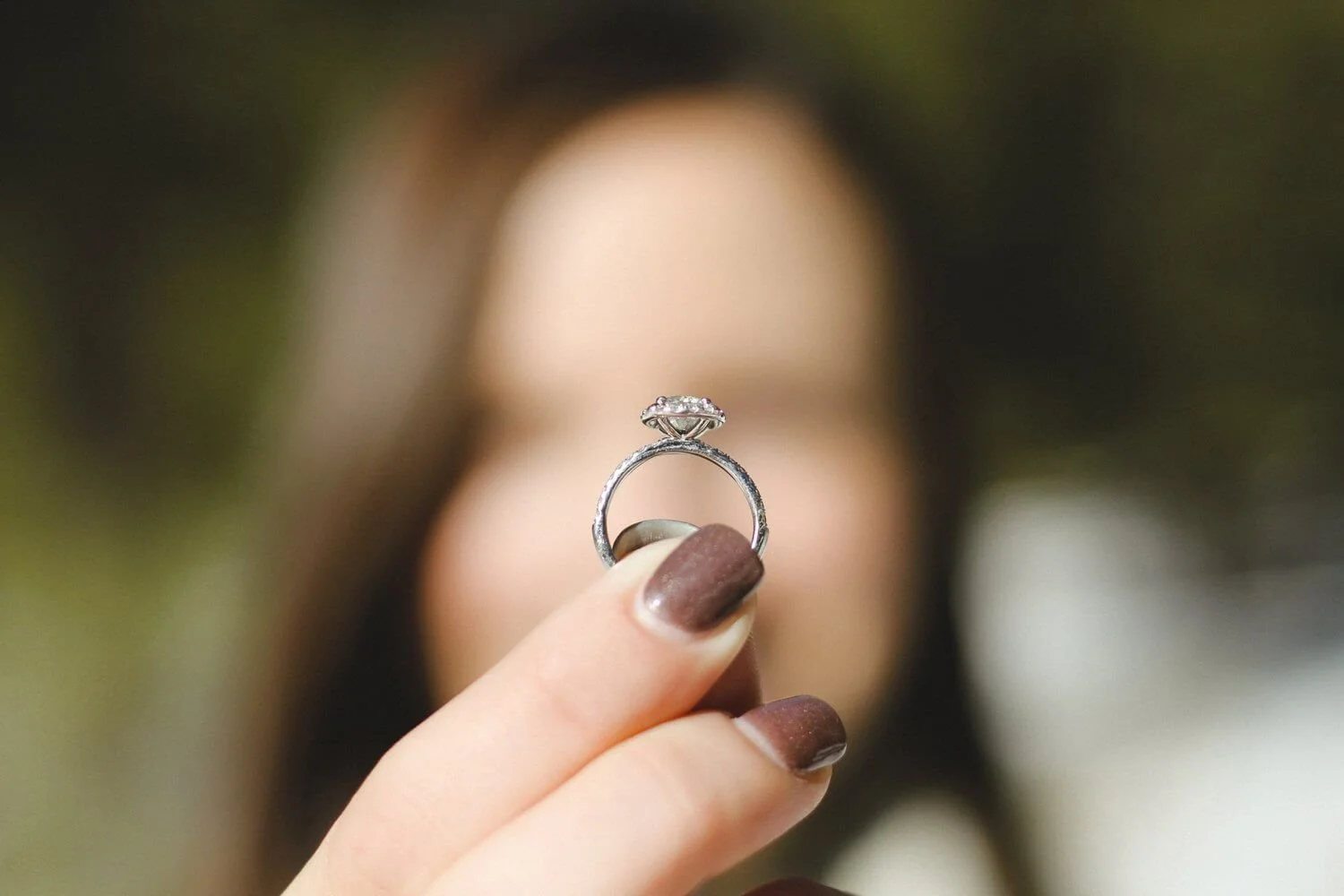A Guide to Lab Grown Diamond Jewelry & Engagement Rings
The rise of lab grown diamonds is causing a conscious shift in the jewelry industry. With more consumers looking to purchase conflict free diamonds brands are being forced to check their ethics and move towards lab created diamond jewelry.
BBC reports that millennials and now generation Z – who together are the main purchasers of diamonds for engagement rings – are moving away from conventional diamonds, with nearly 70% of millennials considering buying a lab grown alternative.
This guide features a deep dive into lab grown versus mined diamonds comparing price points, sustainability, and quality.
As someone who has a lab grown engagement ring and wedding band I’ve done a significant amount of research and spoke to multiple professionals within the industry. I hope this guide helps consumers better understand the diamond industry.
The list of lab grown diamond jewelry brands is a great place to start when shopping for engagement rings or socially responsible high end jewelry.
This article does contain some affiliate links which means The Honest Consumer may receive a commission if you decide to purchase from one of these sustainable engagement ring companies.
Are minded diamonds unethical?
In a short answer, yes mined diamonds are incredibly unethical.
The Human Rights Watch reports that it’s been almost two decades now since governments came together to end the trade in “blood diamonds” that were fuelling several brutal wars in Africa.
They set up the Kimberley Process Certification Scheme, a system of export and import controls for rough diamonds.
But it’s clearer than ever that the Kimberley Process is not up to the task.
The trade in diamonds still gives rise to serious human rights violations.
Mined diamonds touch so many hands through out the supply chain, it’s incredibly difficult to guarantee conflict free through out the entire journey of a diamond.
What’s the difference between lab grown diamonds and natural grown mined diamonds?
The main difference is where the diamond comes from. Basically instead of your diamond coming from a mined area of the Earth, scientists are able to mimic the Earth’s environment using carbon, high heat, and high pressures.
Lab grown diamonds then go through the same grading process as a minded diamond grading cut, clarity, color, and carat.
Throughout this process, the ethics of the supply chain can easily be monitored which is perfect for consumers searching for ethical engagement rings or conflict free diamond jewelry.
And an added bonus for couples looking at lab-grown diamonds is that they are usually less expensive than mined diamonds.
Are lab grown diamond rings cheaper?
When considering price, lab grown diamond jewelry is usually more affordable.
Forbes reports that lab grown diamonds are 40 to 60 percent less expensive when compared to mined diamonds.
Blue Nile states that the more affordable price point is because lab-grown diamonds can be produced in large batches in just a few weeks. This makes lab-grown diamonds considerably less expensive than natural diamonds of comparable size and quality.
Is there a difference in quality of lab grown diamonds?
Lab-grown diamonds are chemically, optically and physical the same as mined diamonds with seven times less environmental impact than mined diamonds since there is no harsh digging into the earth happening.
Blue Nile states that both laboratory-grown diamonds and natural diamonds consist of pure carbon in the same cubic crystalline form, meaning that an expert can distinguish between the two with the aid of a high-tech machine—but not with the naked eye.
Shopping for lab grown diamond jewelry
When my husband and I started looking at engagement rings we looked in regular name brand diamond stores and did a few home try-ons of lab grown diamond engagement rings. Ultimately for me ethics was the most important thing.
If my engagement ring and wedding band was supposed to symbolize love, I wanted it to be made with love. But through out this shopping process and comparing both lab grown rings and mined diamond rings, I learned you really can’t tell a difference between lab grown and natural diamonds.
I ended up choosing a lab grown diamond ring due to the ethics, sustainability, & mission of the company.
What are the environmental impact of lab grown diamonds compared to mined diamonds?
While lab grown diamonds still use energy, water, and produce a bit of waste, it is less than mined diamonds.
These facts the Frost & Sullivan study help put the sustainability and ethics in perspective when comparing lab grown diamonds to mined.
While a traditionally mined diamond produces more than 125 pounds of carbon for every single carat, grown diamonds emit just 6 pounds of carbon – a mere 4.8 percent of what mined diamonds produce.
Mined diamonds also produce more than 30 pounds of Sulphur oxide, while lab-grown diamonds produce none. “In terms of overall gaseous emissions, the growth process involves little or no emissions of significance,” Frost & Sullivan’s study reported.
In total, air emissions on a single carat of mined diamond are 1.5 billion times higher than those of a lab-grown one.
For every carat of diamond that is mined via traditional methods, nearly 100 square feet of land is disturbed and more 5798 pounds of mineral waste is created. By comparison, lab-grown diamonds disrupt just 0.07 square feet of land per carat and only 1 pound of mineral waste.
All in all, mined diamonds result in 1 injury for every 1,000 workers annually, while lab-grown diamonds result in zero. The diamond mining industry also sees 80 days of lost work time (per 1,000 employees) every year due to injury.
The Best Lab Created Diamond Rings & Jewelry
While these lab grown diamond companies specialize in engagement rings and wedding bands many of them offer other lab grown jewelry such as earrings, necklaces, and bracelets.
These unique offerings make wonderful anniversary or birthday gifts for special occasions.
Brilliant Earth’s Lab Grown Diamonds Paired with Recycled Metals
Brilliant Earth offers lab grown diamonds in their engagement rings and other fine jewelry.
Along with responsible diamonds Brilliant Earth also uses eco-friendly metals including recycled gold and recycle silver. As part of Brilliant Earth’s commitment to sustainability, Brilliant Earth is Carbonfree ® .
Brilliant Earth has partnered with Carbonfund.org to offset their carbon emissions by contributing to Tropical Rainforest Conservation in Brazil.
Bario Neal Engagement Rings from a Woman Owned Brand
Bario Neal is a women-owned business that is known as an industry leader in ethical sourcing and progressive manufacturing.
The company was created in 2008 by Anna Bario and Page Neal. They started in Philadelphia, Pennsylvania and have also expanded to having a showroom in Brooklyn.
Bario Neal creates all their jewelry in-house using reclaimed precious metals, Fairmined gold, and ethically sourced stones or lab grown diamonds. When customizing your ring you have the option to choose lab grown.
Blue Nile: Unique Colors of Lab Grown Diamonds
Blue Nile was founded in 1999 with the idea that the diamond and engagement ring business was ready for innovation. This conflict free diamond company features both responsibly mined and lab grown diamonds.
Blue Nile offers an exclusive assortment of lab-grown diamond jewelry from Lightbox. Lightbox creates their beautiful colored stones by adding a gas mix to the CVD reactor and combining this with treatments that are incorporated at the end of the synthesis process.
The result is stones rich with color, which would be extremely rare and expensive in natural diamonds. Their lab grown diamond jewelry features unique colors such as pinks and blues.
MiaDonna: Lab Grown Diamonds That Give Back to Mining Communities
MiaDonna creates ethical, eco-friendly engagement rings, wedding bands, and high end jewelry featuring lab grown diamonds and recycled materials.
MiaDonna is a certified B Corporation and uses 95% recycled metals in the creation of their jewelry.
This conflict free ring company goes above & beyond by planting a tree with each purchase made and sets aside a minimum of 5% of profits to donate to The Greener Diamond Foundation, a non-profit focused on restoring and empowering mining communities.
MiaDonna has a showroom in Portland, Oregon where customers are able to shop in person. Not local? No worries.
Any bride-to-be can easily try out MiaDonna products through their Home Try On Program. MiaDonna is also incredibly unique because they carry sustainable men’s wedding bands too!
Do Amore: Lab Grown Wedding Rings Made in the USA
Do Amore is a socially responsible jewelry company offering ethically sourced, recycled, and lab grown diamond engagement rings. Do Amore carries engagement rings and wedding bands for men and women.
Each Do Amore ring is made in the USA and shipped in a handmade box crafted from Jarrah wood, one of the world’s most sustainable woods.
Each ethically made ring helps provide clean water to those in need through Do Amore’s partnership with Charity Water. Charity Water identifies communities without clean water and Do Amore helps fund the building of wells around the world through ring purchases.
Do Amore’s website has a great interactive map allowing customers to see where the wells are located.
As a conscious consumer hopefully your found this list of lab grown diamond jewelry companies a helpful starting place. I encourage you to further your knowledge. Time Magazine also published an interesting article on Blood Diamonds.
For more tips & tricks on conscious consumerism be sure to follow The Honest Consumer on social media.
















